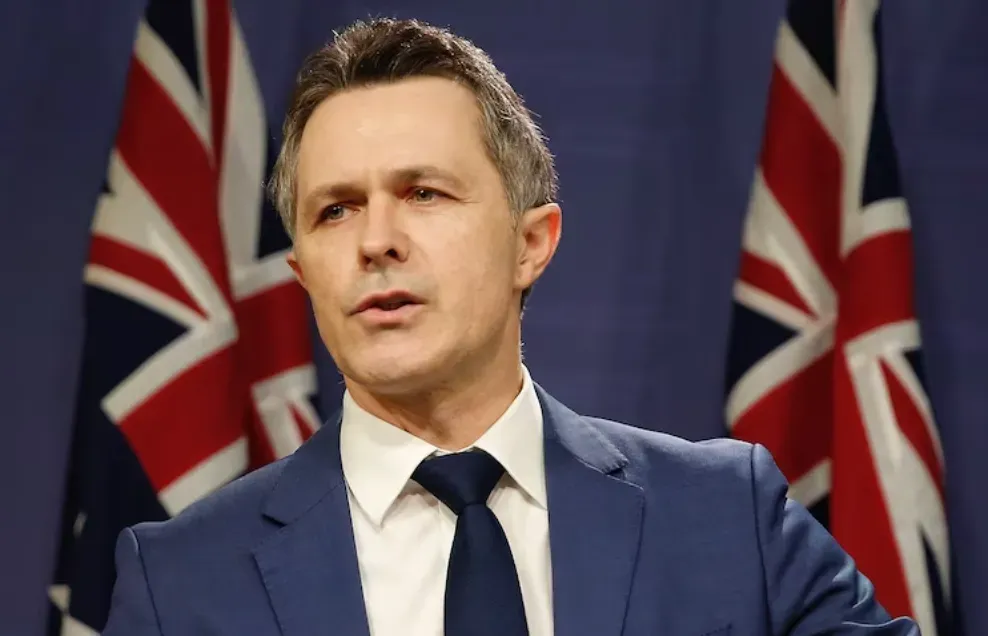Australia officially announces the "international student quota" policy, what should international students do to ensure smooth landing?
At the end of August, Australian Education Minister Jason Clare announced Australia's international student quota policy, which aims to improve the sustainability of international education in Australia.


Under the officially announced National Planning Level(NPL) program, the federal government caps international student enrollment at 270,000 in 2025, and each university will be set a quota (no more than 40% of the total student body).

Other qualification levels, such as primary and secondary schools, research programmes, independent language programmes, non-qualification programmes and students supported by government scholarships are not included in this cap.

The National Planning Level(NPL) program has quotas allocated as follows:
The total quota for higher education public universities is 145,000 students, and each school will have a separate quota. When setting quotas, the government takes into account the number of new students at the school in recent years, as well as the proportion of international students in the total student body.
Other universities or non-university institutions of higher education are allocated a total quota of 30,000 students.
● The total quota for vocational education VET2025 is 95,000 students.


01
What will be the impact of the quota plan?
Clare said universities had now been told "indicative levels" for 2025, which would be finalised in the next two weeks.
He also pointed out that following the international student cap directive issued by former Home Affairs Minister Clare O 'Neil, the "Group of Eight" and vocational education and training providers, which are popular with international students, would bear most of the student cuts.
The much-anticipated move comes amid widespread criticism from the Australian education industry, which believes a decline in international enrolment will have a negative impact on the Australian economy.
However, Clare said the policy would strengthen the integrity of the sector and reduce the "scams" that have resulted from the sharp rise in international students in the wake of the pandemic.
Data for the year to May 2024 shows total international student enrolment in Australian universities and vocational education and training courses was 810,960 (a 17 per cent increase on the 2019 pre-pandemic figure), while the number of graduates also increased by 16 per cent to 289,230 over the same period.
At the same time, the government is also under pressure to reduce net overseas migration from 528,000 in 2022-23 to 260,000 this financial year.

02
Student visa application fees will also be doubled
In addition, from July 1 this year, the government also doubled the application fee for a student visa from $710 to $1,600. Clare says it's also a way to raise revenue for education programs.
While the Coalition supported the cap, opposition education spokeswoman Sarah Henderson and immigration and citizenship spokesman Dan Tehan accused Labor of mismanaging the area.
"We remain deeply concerned about the severe economic damage Labour has inflicted on regional and small universities and private higher education institutions," they said in a joint statement.
International education contributed $36.4 billion to the Australian economy in 2022-23, making it the country's fourth largest export industry that year.

03
Preparing to study in Australia how to land smoothly?
01
Plan early, apply early
Australian universities start twice a year, and the application deadline will be advanced at any time according to the number of applications.
Students are advised to submit their applications, receive conditional offers, and begin purposeful language learning and testing as soon as they receive their grades for 5-6 semesters. After submitting the application and obtaining the student ID of the school, students will be notified of any changes in the school's policies or courses by email at any time, which can be flexibly adjusted according to the policies.
If you wait until all the materials are complete and the language is up to submit, you may face the application deadline or miss the payment cycle. Many quota courses at the University of Sydney in '24 filled up early, and applications for the University of Melbourne in' 25 closed early, leaving many students regretting it.
02
Select colleges and majors based on multiple indicators
Starting from the degree level and course type of studying abroad:
Students applying for undergraduate and taught master's degrees can focus more on teaching and employment-related indicators; Students applying for advanced research degrees, such as master's and doctoral degrees, should pay attention to research related indicators.
Is there an immigration plan:
If students are concerned about employment or have immigration plans, they need to pay more attention to employment indicators.
Both comprehensive ranking and professional ranking:
It is recommended that students and parents planning to study in Australia, in addition to referring to the comprehensive ranking, also need to pay attention to the subject ranking of the major they plan to study.
03
Attach importance to visa materials
Since the second half of 23, Australia has introduced a number of policies aimed at maintaining the healthy and sustainable development of international education. For small partners, getting the Offer and COE (admission confirmation) of the dream school is only the first half of the study abroad planning, and the visa is also crucial.
A series of reforms to the 24-year visa policy, including the focus of assessment, the amount of guaranty money, language requirements and visa fees increases, are aimed at removing genuine students.
If you are rejected, it is not so simple to submit again, accompanied by the COE may be cancelled, in 1-2 years no new colleges are willing to accept your application, so students must be careful about the visa work.
Sources: Australian Department of Education, News.com.au, Kai Tak Study Abroad, Study Abroad Cafe
